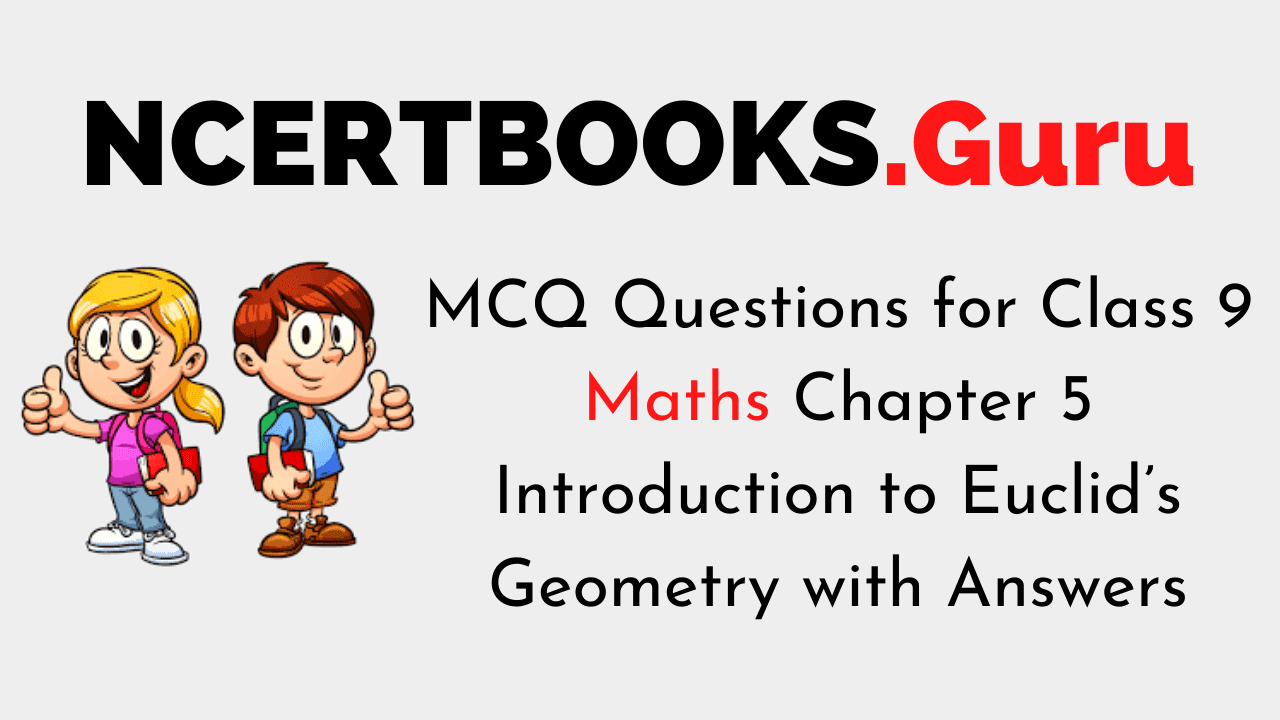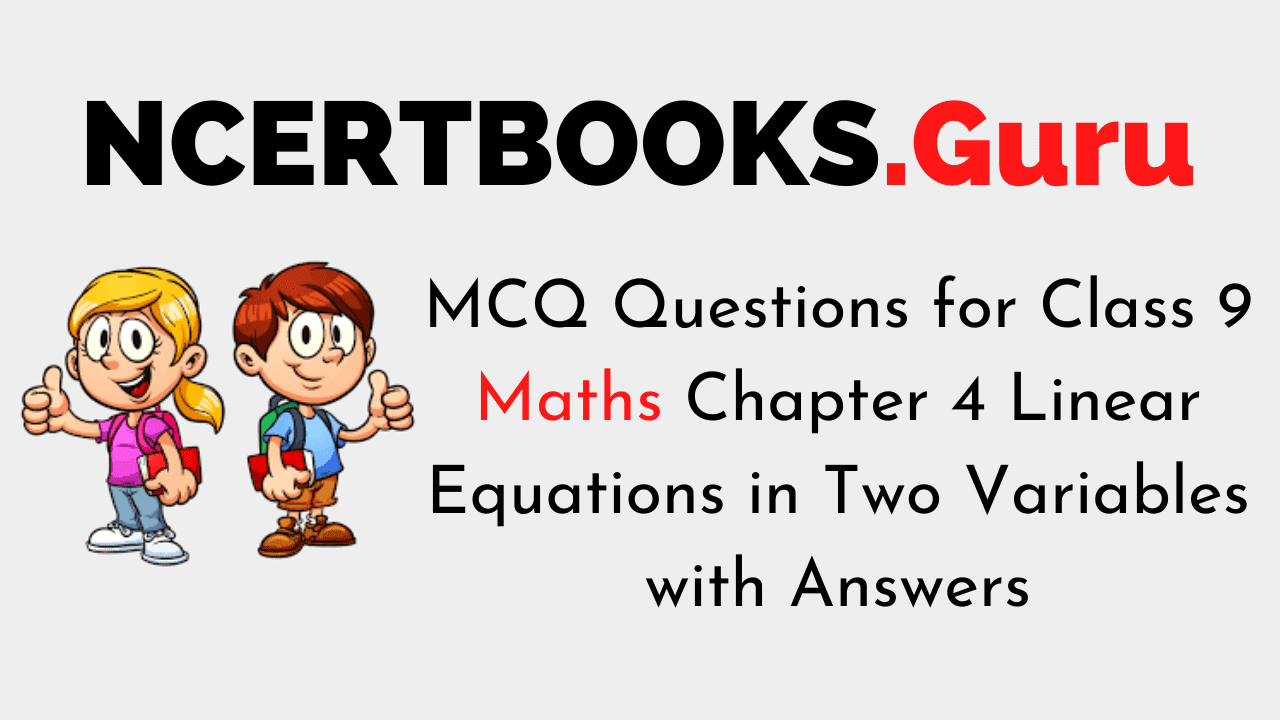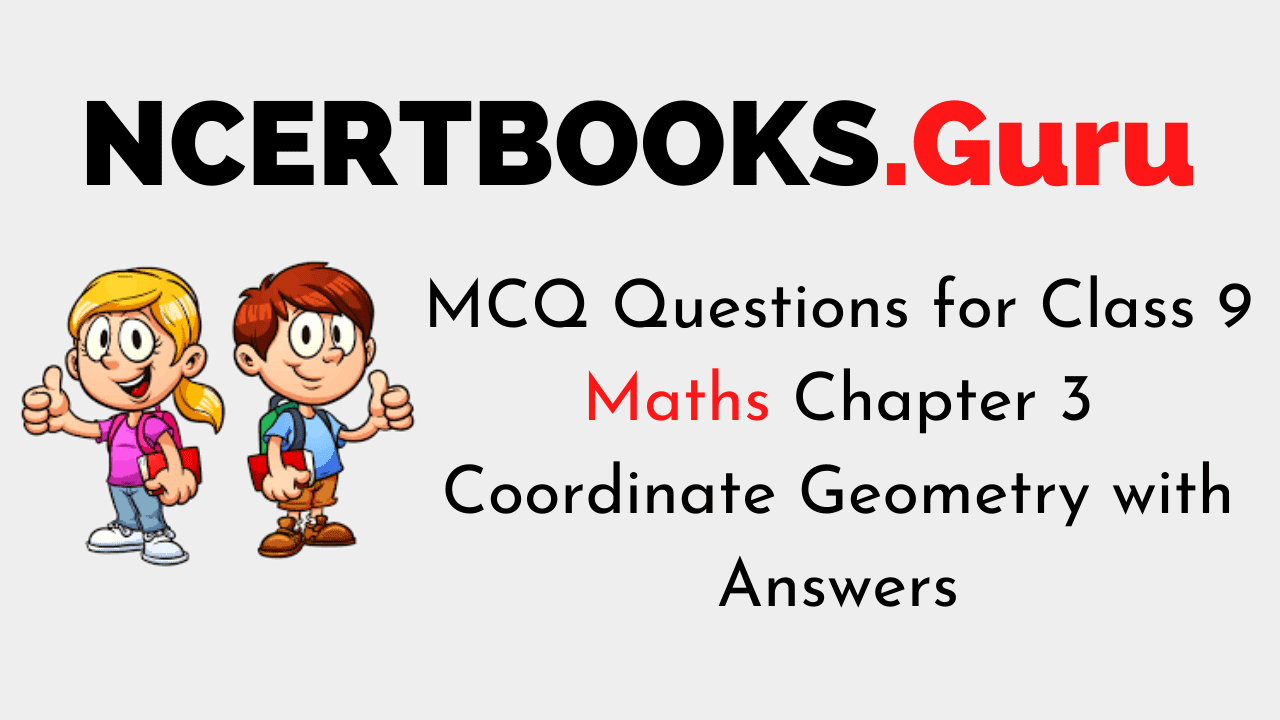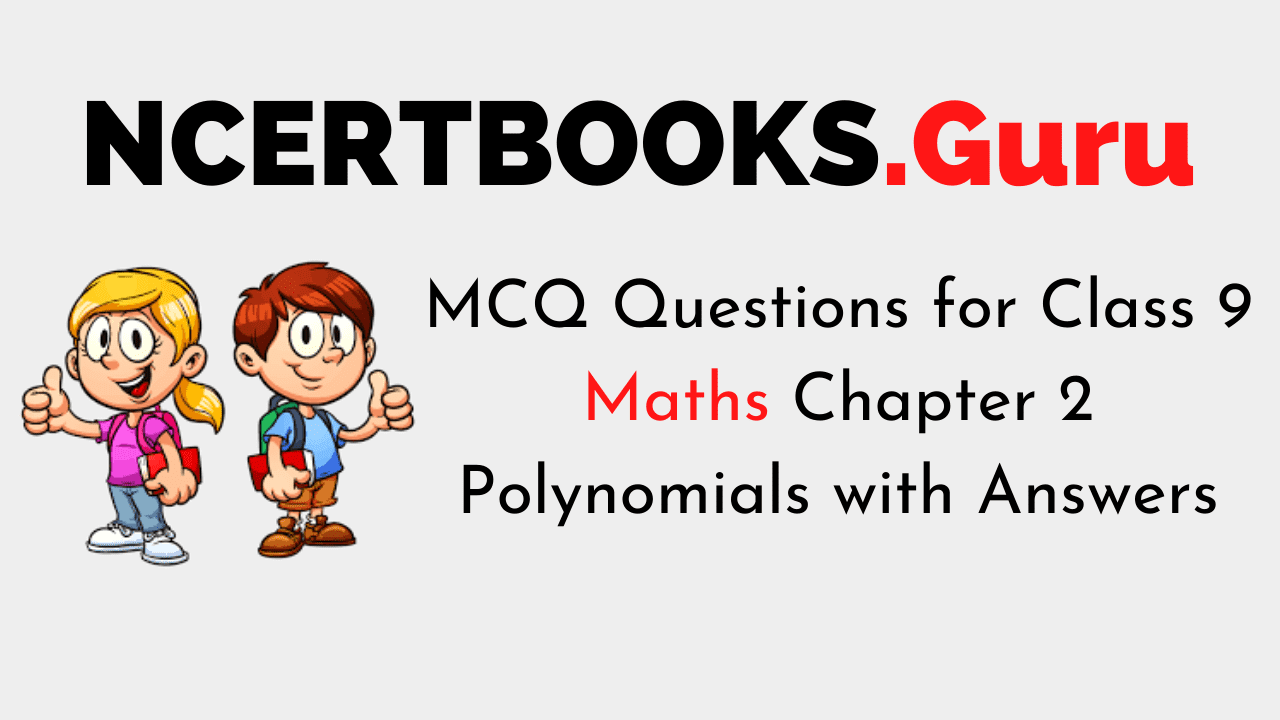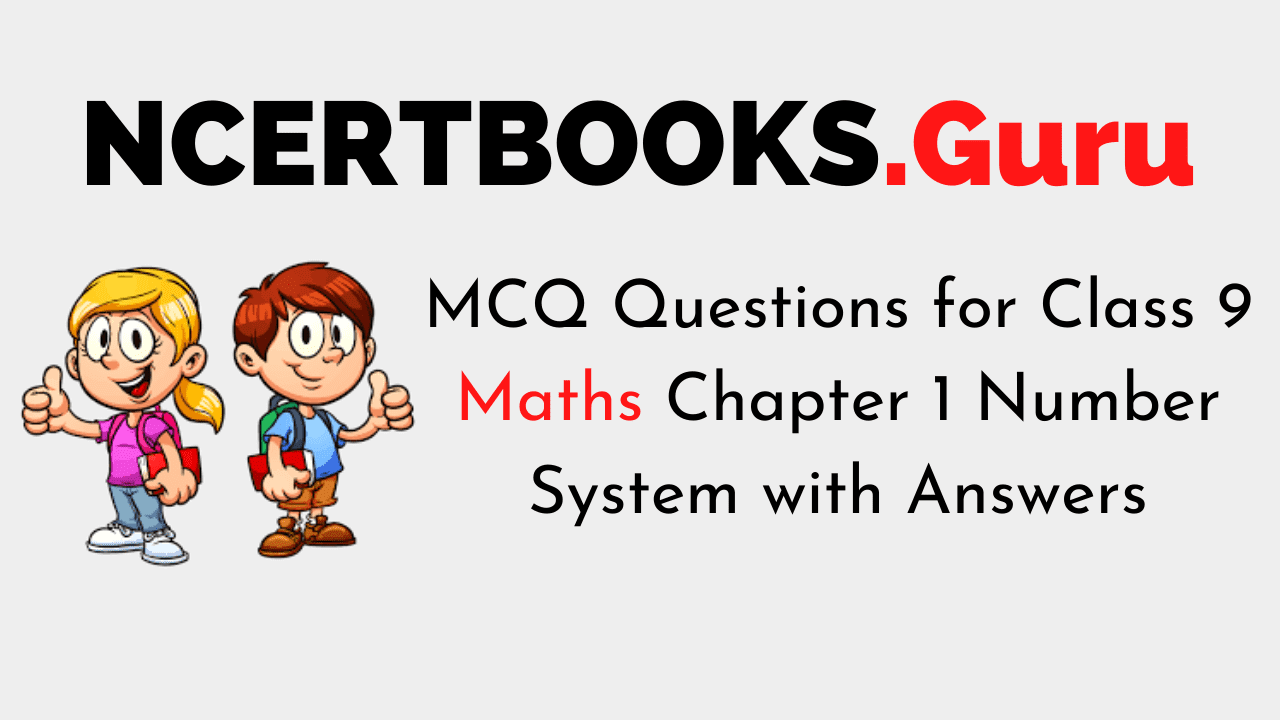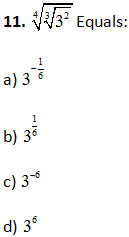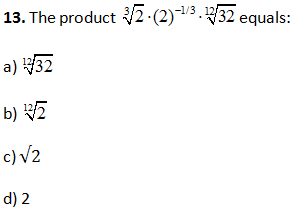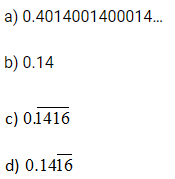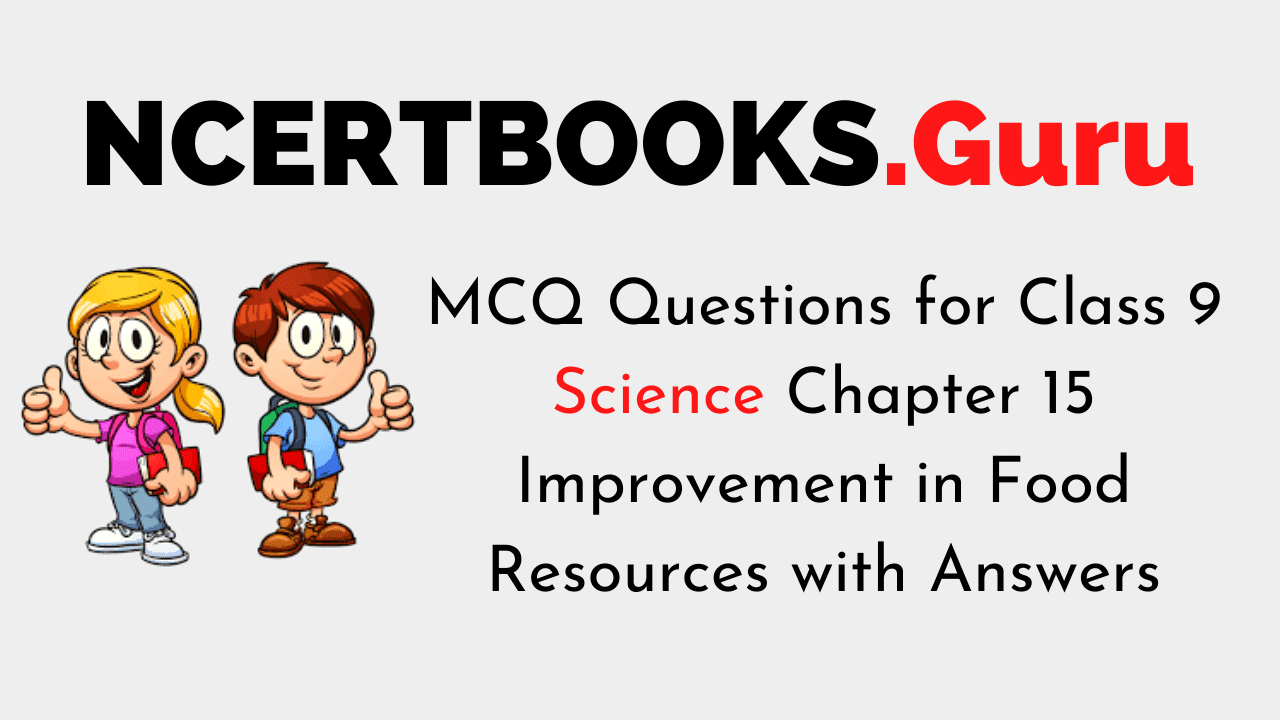MCQ Questions for Class 9 Maths Chapter 5 Introduction to Euclid’s Geometry with Answers
MCQs from Class 9 Maths Chapter 5 – Introduction to Euclid’s Geometry are provided here to help students prepare for their upcoming Maths exam.
MCQs from CBSE Class 9 Maths Chapter 5: Introduction to Euclid’s Geometry
1. Which of the following statements are true?
a) Only one line can pass through a single point.
b) There is an infinite number of lines which pass through two distinct points.
c) A terminated line can be produced indefinitely on both the sides
d) If two circles are equal, then their radii are unequal.
Answer/Explanation
Answer: (c)
Explanation: A line that is terminated can be indefinitely produced on both sides as a line can be extended on both its sides infinitely.
2. A solid has __________dimensions.
a) One
b) Two
c) Three
d) Zero
Answer/Explanation
Answer: (c)
Explanation: A solid is a three-dimensional object.
3. A point has _______ dimension.
a) One
b) Two
c) Three
d) Zero
Answer/Explanation
Answer: (d)
Explanation: A point is always dimensionless.
4. The shape of base of Pyramid is:
a) Triangle
b) Square
c) Rectangle
d) Any polygon
Answer/Explanation
Answer: (d)
Explanation: A pyramid base could have any polygon shape.
5. The boundaries of solid are called:
a) Surfaces
b) Curves
c) Lines
d) Points
Answer
(a)
6. A surface of a shape has:
a) Length, breadth and thickness
b) Length and breadth only
c) Length and thickness only
d) Breadth and thickness only
Answer
(b)
7. The edges of the surface are :
a) Points
b) Curves
c) Lines
d) None of the above
Answer
(c)
8. Which of these statements do not satisfy Euclid’s axiom?
a) Things which are equal to the same thing are equal to one another
b) If equals are added to equals, the wholes are equal.
c) If equals are subtracted from equals, the remainders are equal.
d) The whole is lesser than the part.
Answer
(d)
9. The line drawn from the center of the circle to any point on its circumference is called:
a) Radius
b) Diameter
c) Sector
d) Arc
Answer
(a)
10. There are ________ number of Euclid’s Postulates
a) Three
b) Four
c) Five
d) Six
Answer
(c)
11. The number of dimensions a solid has is:
a) 1
b) 2
c) 3
d) 0
Answer
(c)
12. Boundaries of solids are:
a) Surfaces
b) Curves
c) Lines
d) Points
Answer
(a)
13. The number of dimension that a point has is:
a) 0
b) 1
c) 2
d) 3
Answer
(a)
14. The base of a Pyramid is:
a) Only a triangle
b) Only a square
c) Only a rectangle
d) Any polygon
Answer
(b)
15. The first known proof that ‘the circle is bisected by its diameter’ was given by:
a) Pythagoras
b)Thales
c) Euclid
d) Hypatia
Answer
(b)
16. If x + y =10 then x + y + z = 10 + z. Then the Euclid’s axiom that illustrates this statement is:
a) First axiom
b) Second axiom
c) Third axiom
d) Fourth axiom
Answer
(b)
17. Greeks emphasized on:
a) Public worship
b) Household rituals
c) Both a and b
d) None of a, b and c
Answer
(a)
18. In ancient India, the shapes of altars used for household rituals were:
a) Squares and circles
b) Triangles and rectangles
c) Trapeziums and pyramids
d) Rectangles and squares
Answer
(a)
19. ‘Lines are parallel if they do not intersect’ is stated in the form of:
a) An axiom
b) A definition
c) A postulate
d) A proof
Answer
(a)
20. The number of interwoven isosceles triangles in Sriyantra (in the Atharvaveda) is:
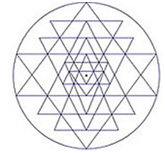
a) 7
b) 8
c) 9
d) 10
Answer
(c)
21. For every line ‘l’ and a point P not lying on it, the number of lines that passes through P and parallel to ‘l’ are:
a) 1
b) 2
c) 3
d) No line
Answer
(a)
22. The total number of propositions in Euclid’s famous treatise “The Elements” are:
a) 13
b) 55
c) 460
d) 465
Answer
(d)
23. The number of Euclid’s postulates is (are):
a) 3
b) 4
c) 5
d) 6
Answer
(c)
24. Proved statements based on deductive reasoning, by using postulates and axioms are known as:
a) A Statement only
b) A Proposition only
c) A Theorem only
d) Both Proposition and Theorem
Answer
(d)
25. John is of the same age as Mohan. Ram is also of the same age as Mohan. State the Euclid’s axiom that illustrates the relative ages of John and Ram
(a) First Axiom
(b) Second Axiom
(c) Third Axiom
(d) Fourth Axiom
Answer
(a)
